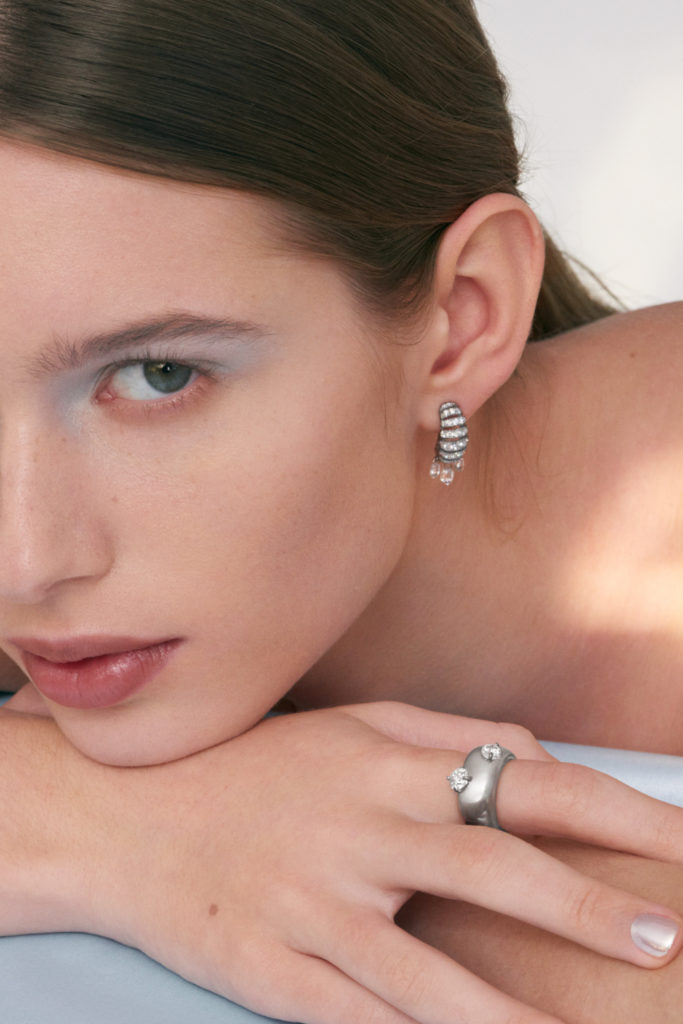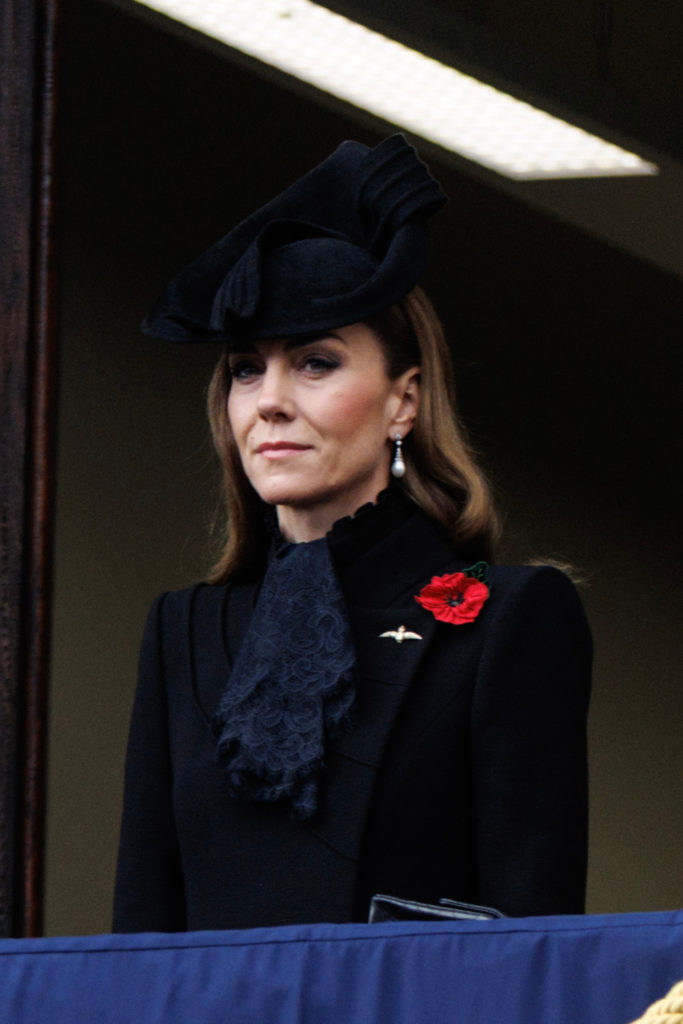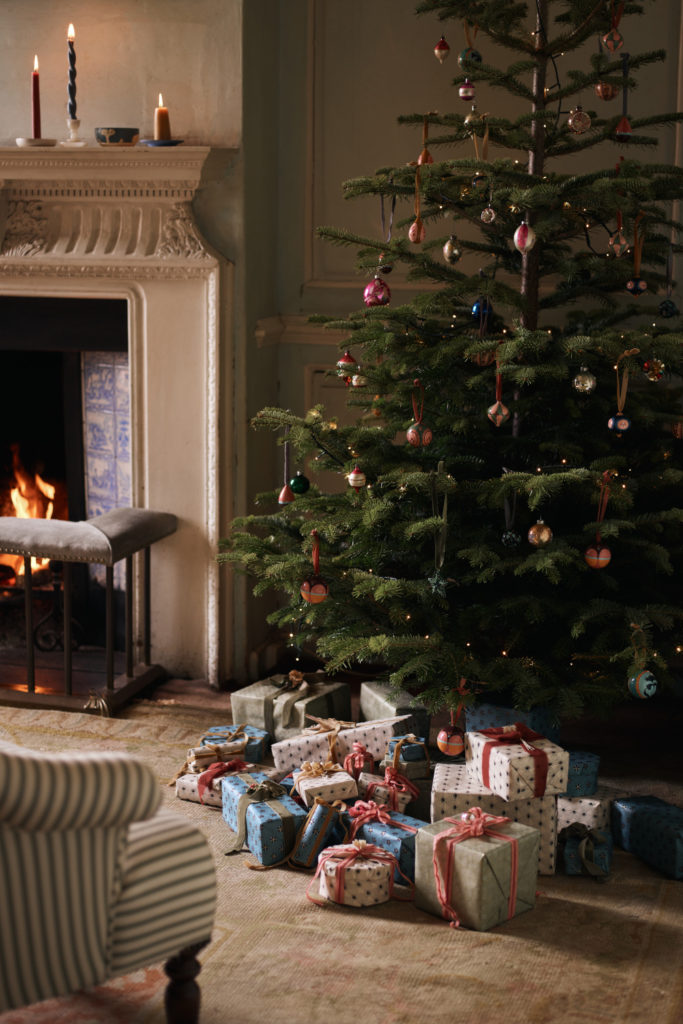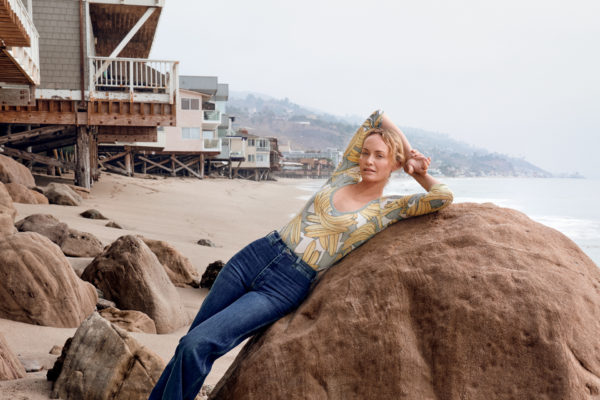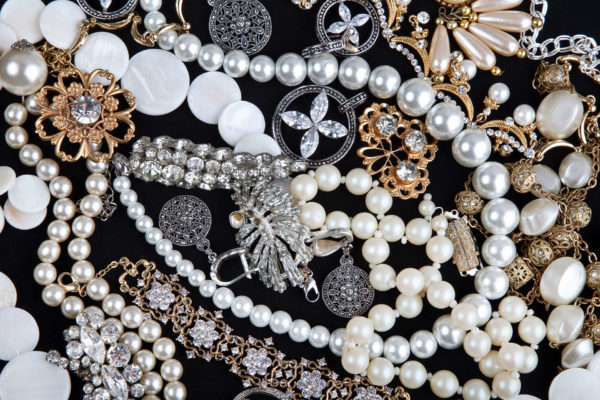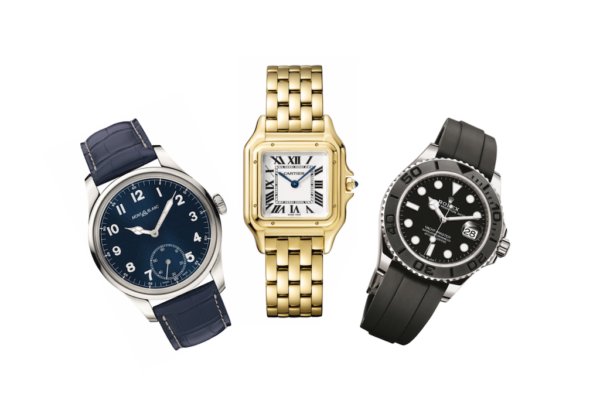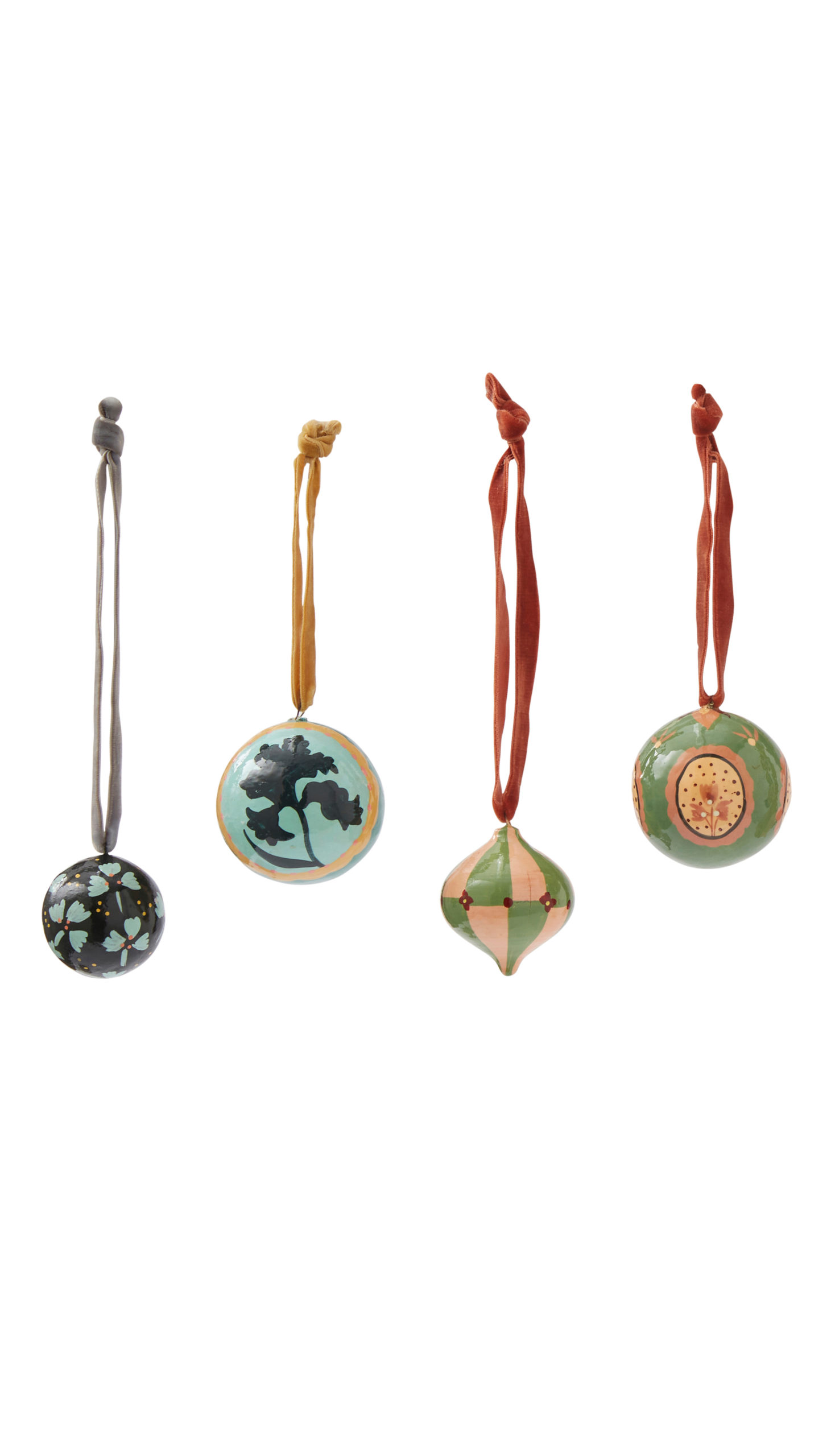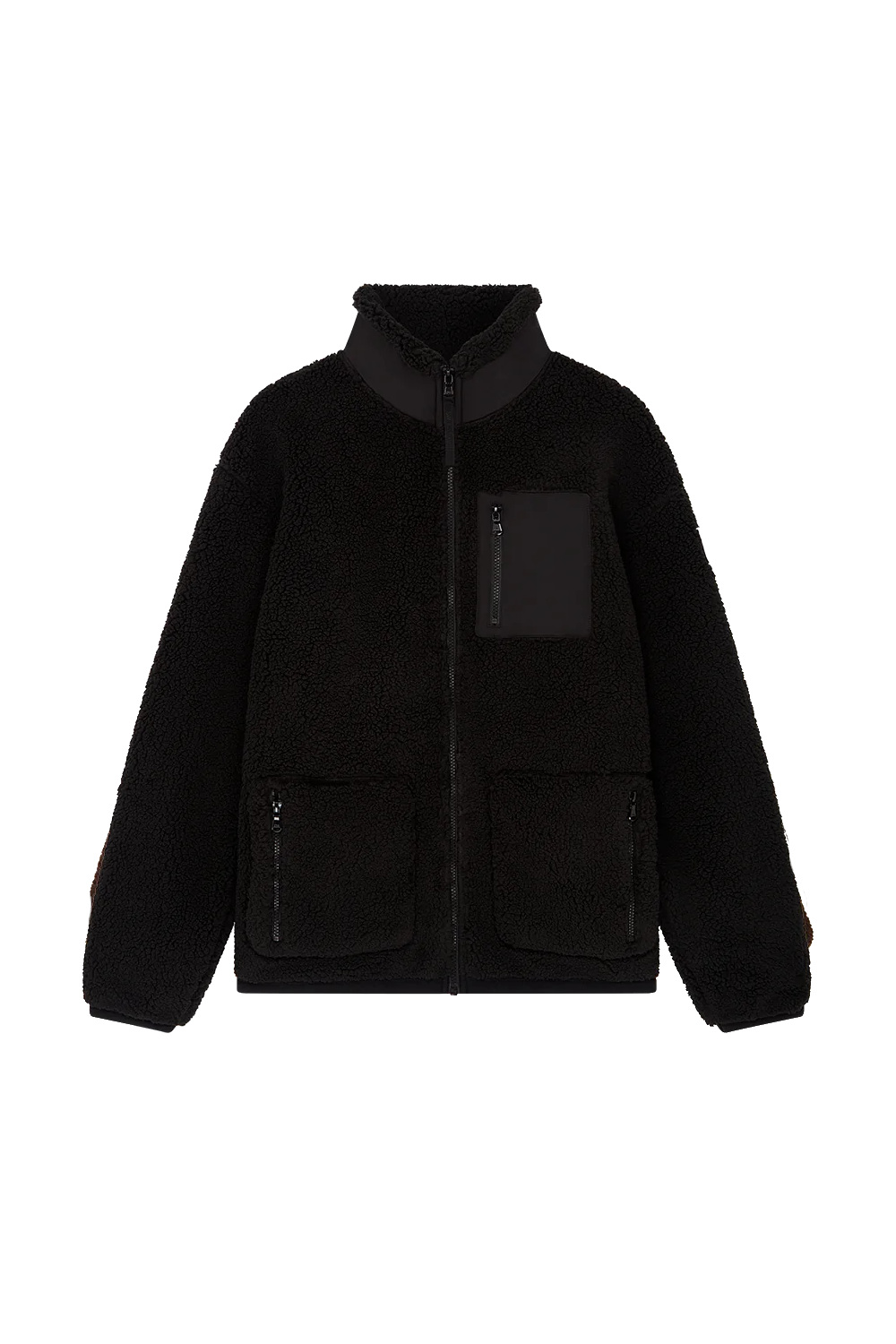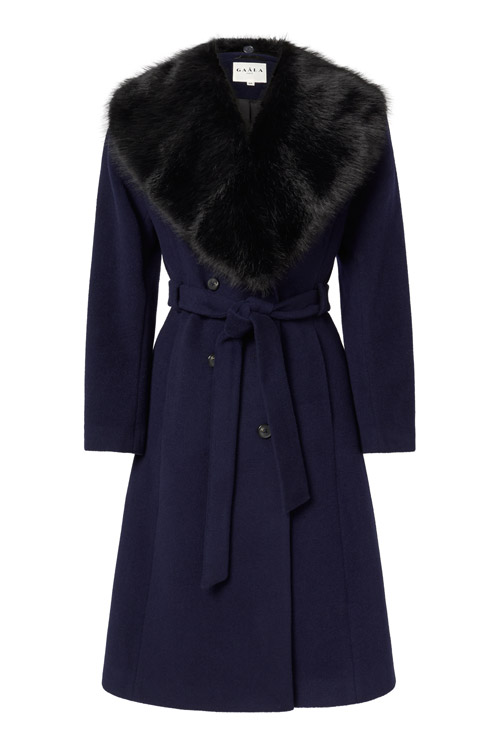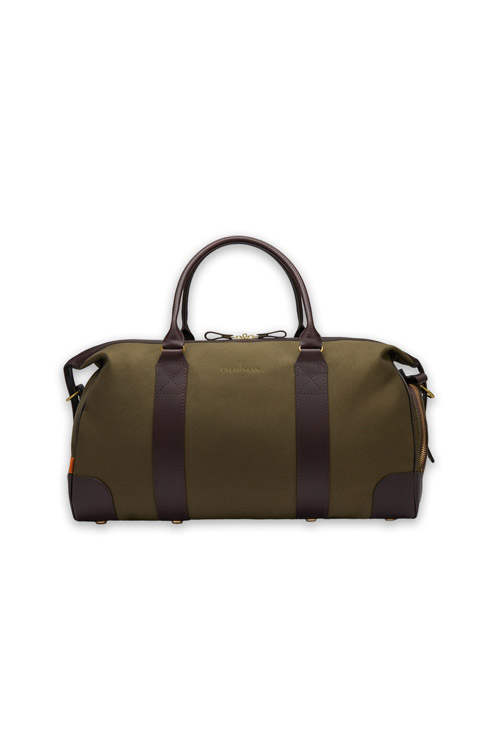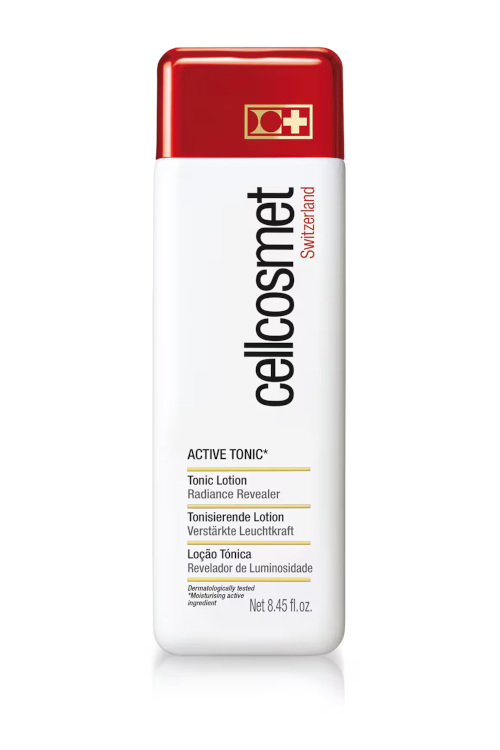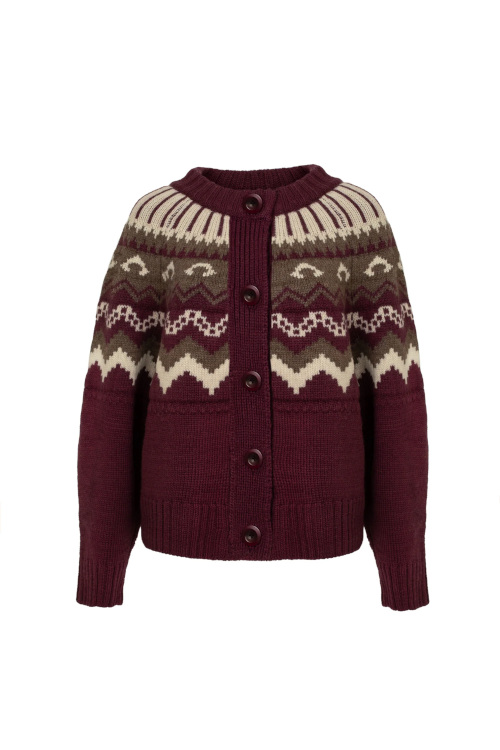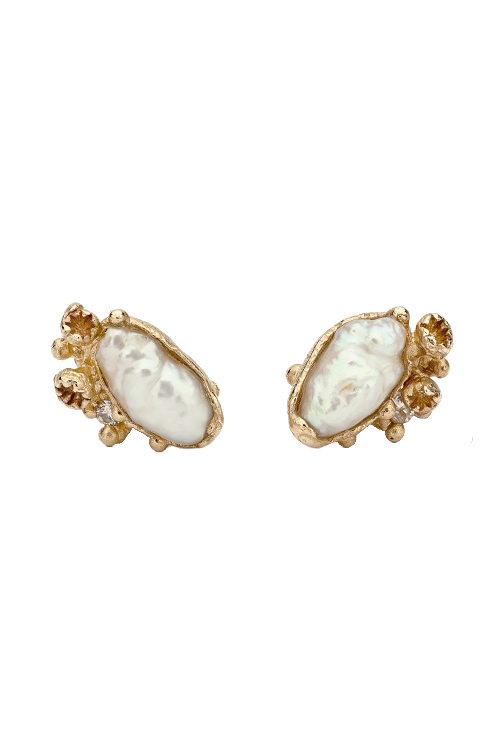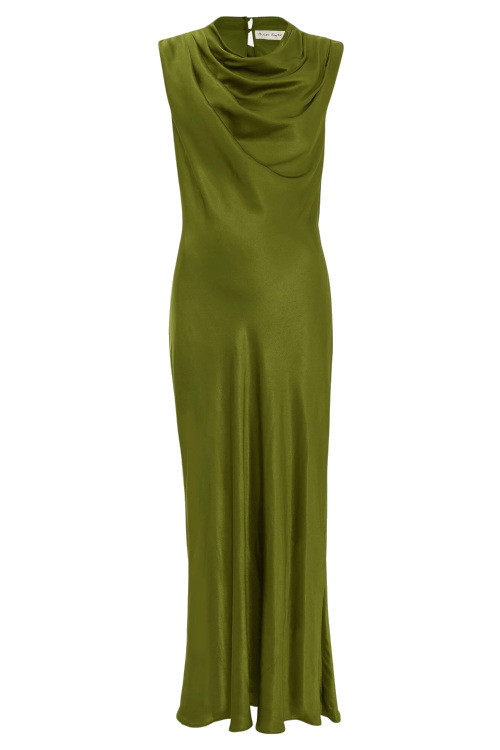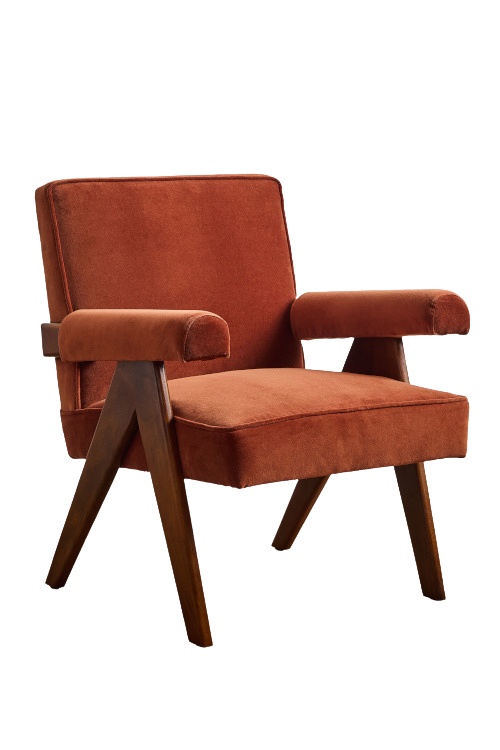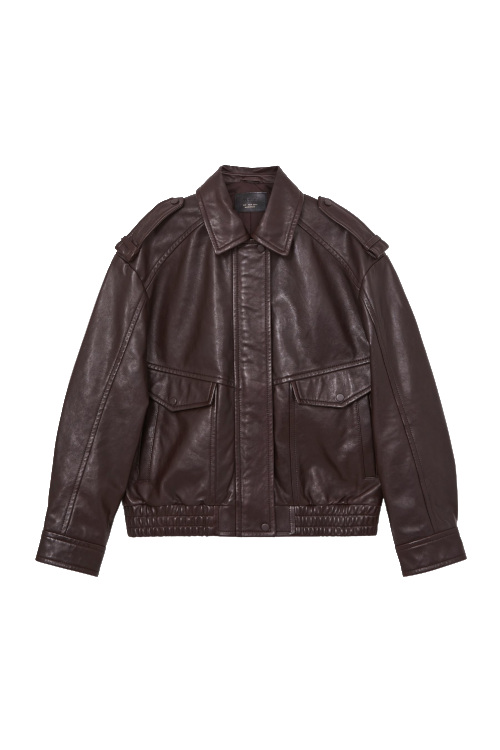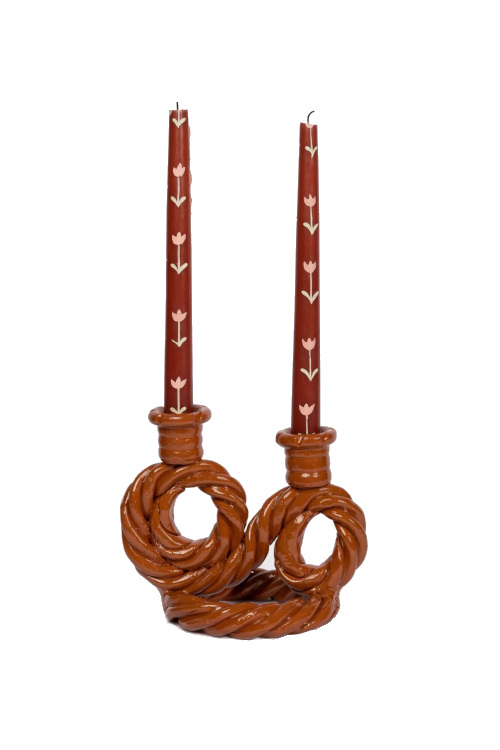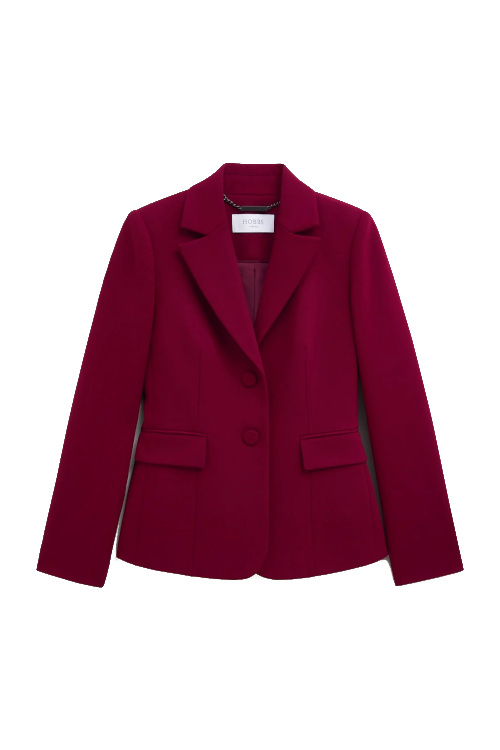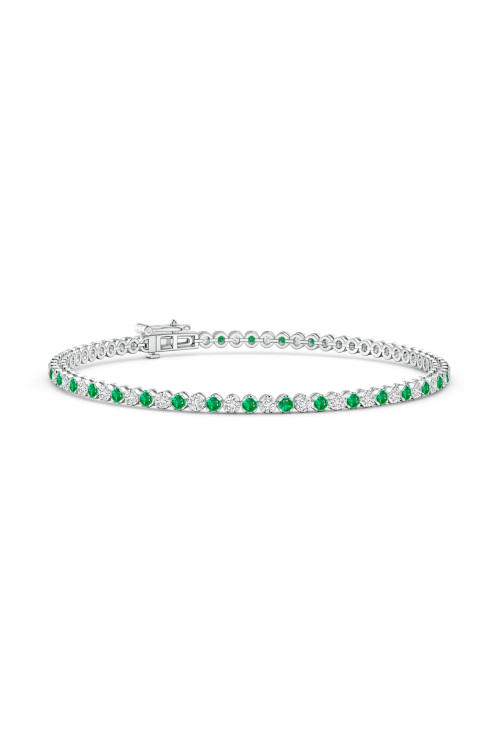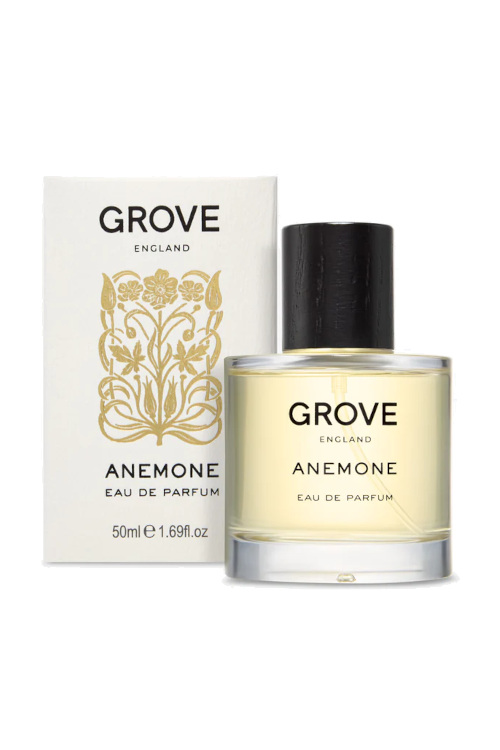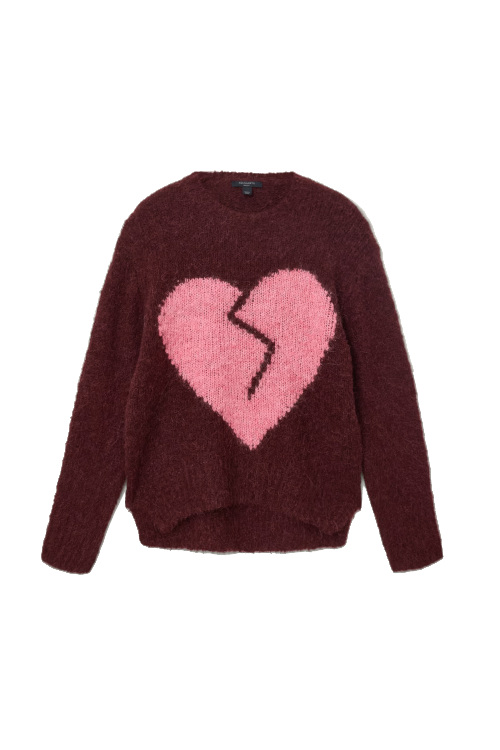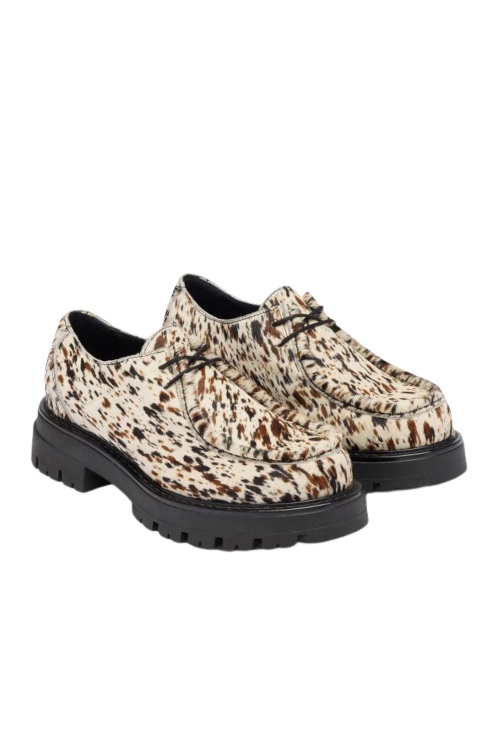Inside The Rise Of Preloved Jewellery & Watches
By
2 months ago
A deep dive into the second-hand revolution
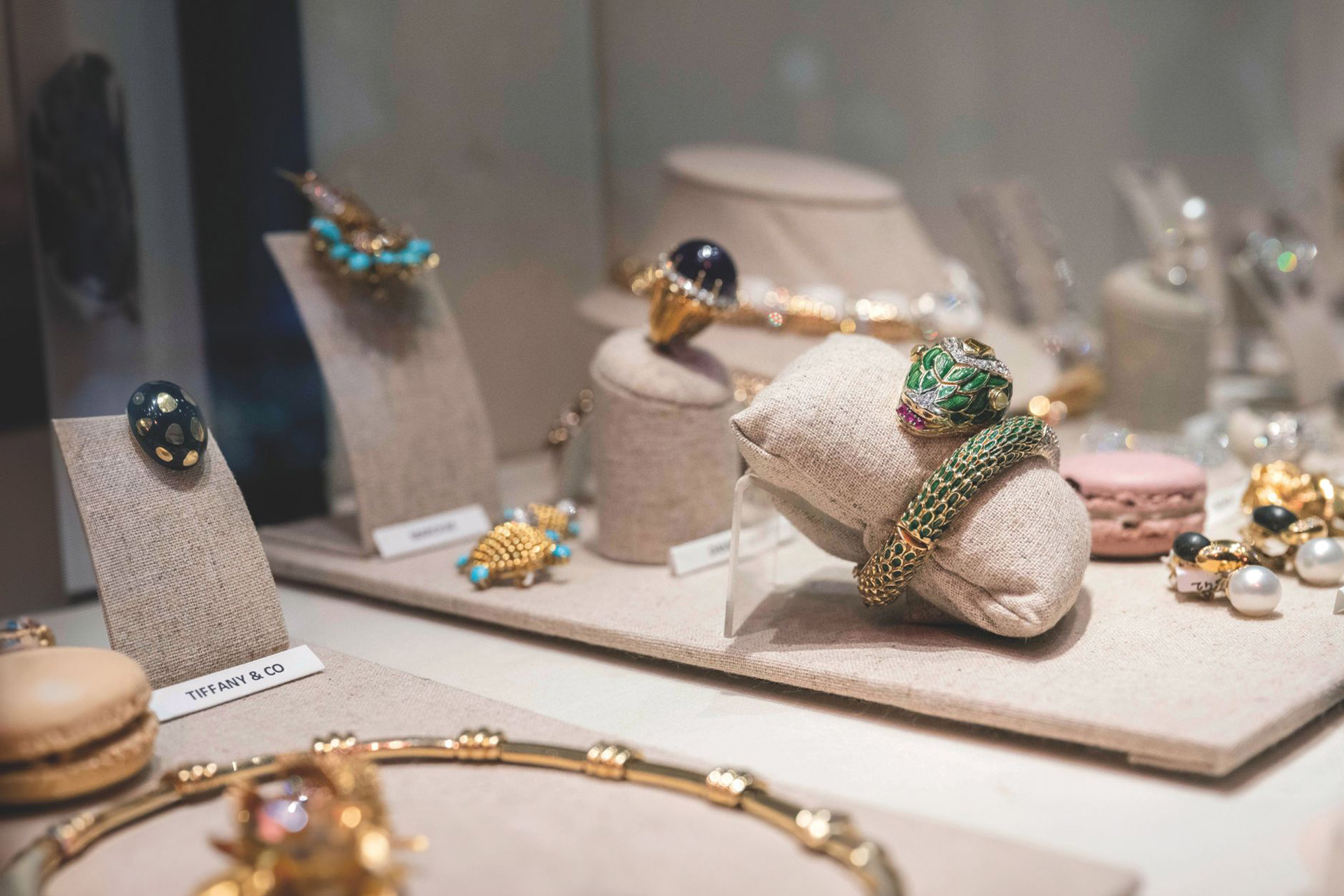
Avril Groom examines how the jewellery industry is reinventing itself in the age of circularity, while Simon de Burton discovers the pre-owned watch market is finding its feet
Where To Find Pre-Loved Jewellery & Watches
The siren call of new things has been fading for younger generations for some time. Geopolitical and economic uncertainty, environmental and moral concerns, brand fatigue, and a yearning for the unique and historical have conspired to make Millennials and Gen Z think differently about precious possessions. And it’s nothing new – at least, not in your jewellery box.
There are now countless ways to obtain beautiful, top-quality jewellery that’s had a previous life and is ready for another. Many enthusiasts are putting the idea of buying new on hold. ‘There is no stigma about second-hand jewellery, now known as pre-loved, among younger customers, and demand is moving upwards age-wise,’ says Bobby Leigh-Pemberton, partner at antique jewellery dealers Humphrey Butler. ‘The romance of old-cut stones and beautifully crafted settings, imagining a background if there is no provenance – and even better if there is – makes a comparatively affordable antique piece very desirable. Everyone wants the story that makes a piece truly individual.’
The lure of pre-loved now extends across every market level. For decades, the grandest jewellers – such as Cartier and Chaumet – have bought back their designs from auctions and private clients, carefully restoring and cleaning them for resale. This has always happened, often for wealthy collectors hunting down a particular piece; now, however, it may be speculative, with designs revealed at trunk shows across the globe alongside new collections.
Auctions & Pre-Owned Luxury Fairs
For those keen to access the wider market, auctions are the obvious route. Once intimidating to the inexperienced, they are now more democratic. ‘There used to be an assumption that people bidding at auction were a knowledgeable in-crowd, but online auctions have changed that,’ says Jean Ghika, global director of jewellery at Bonhams. ‘They attract many younger people who feel confident online and are viewing jewellery differently – not about the money they might make, but about how much they love this unique piece and the romance of its history.’
She adds that the market for large, rare stones will continue, but more moderate levels are realistic. ‘Not necessarily as an investment, but if you buy something you are drawn to at the best quality within your budget and years later your tastes change, you can still recoup.’ She also notes that ‘live auctions are now online, so you can join and see the whole process without committing yourself, then go to a viewing where you can learn more. In the current market, we are averaging 88 to 93 percent sell-through, and online sales are not second best; top prices are about £250,000’.
For that, you could get a pretty decent tiara – the kind that crops up at the increasing number of top-end pre-owned luxury fairs. In 2022, Fabienne Lupo, former chair of the Fondation de la Haute Horlogerie, co-founded ReLuxury as a small but well-formed biennial fair in Geneva. With backing from international auctioneer Barnes, it moved to the Carrousel du Louvre in Paris last November and returns next year. On the first public afternoon, the queue rivalled that of the Louvre Museum next door, with 10,000 enthusiasts visiting over the weekend. The aim was to explore the circularity of pre-owned luxury across couture, handbags, jewellery and watches, alongside craftspeople including restorers and remodellers and a programme of discussions. As Lupo puts it: ‘Luxury resale is a prime form of recycling. Good craftsmanship is built to last, and even when neglected can be restored to have a second life.’
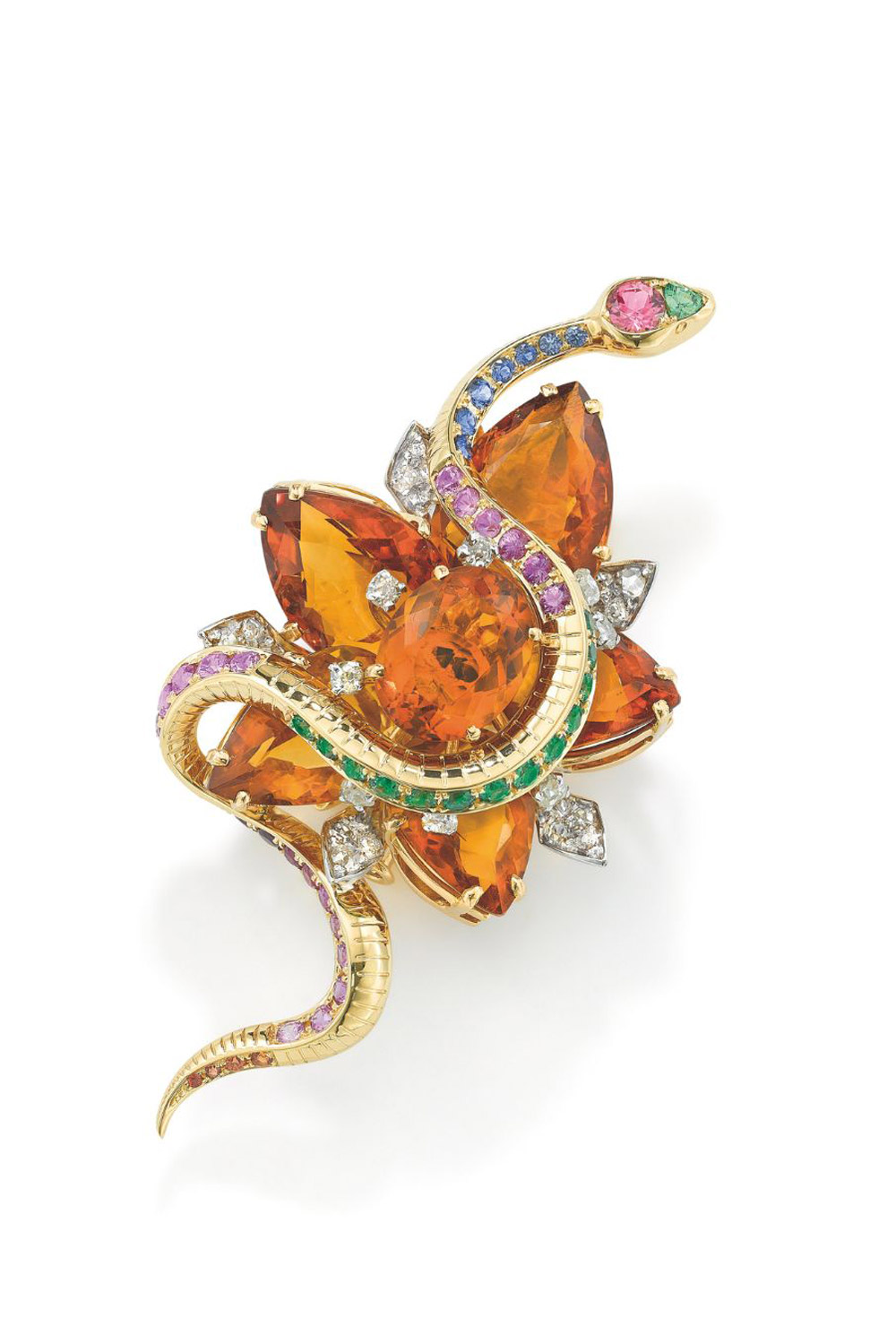
Robinson Pelham diamond and citrine brooch remodelled to incorporate 18ct gold snake with tsavorites, pink and blue sapphires
Refashioning Existing Jewellery Pieces
There has been renewed focus on the centuries-old practice of jewellery remodelling. Paris-based designer Elie Top (showing at PAD London this month) has developed a remarkable style rooted in medieval symbolism and refined industrial mechanics, landing somewhere between Game of Thrones and steampunk. He also takes on serious remodelling projects, most notably restoring a broken chalcedony cuff by vaunted mid-century designer Suzanne Belperron, and more recently transforming a Belle Époque diamond brooch into a spectacular pendant for a client who ‘loves to make statements with jewellery’.
‘I had to discover my identity as a jeweller – my love of narrative and ornamentation plus technical modernity – before I could bring my style to other people’s work while respecting their concepts,’ Top says. ‘It has to be for today, for an independent woman to love wearing.’ He prefers to work personally with clients. ‘I need to understand their personality and lifestyle. Sometimes the idea comes very quickly, sometimes it can take months. Altering someone’s very precious piece is a challenge, but I’m never daunted – always excited.’
On a quiet Chelsea street, Robinson Pelham, long-time jewellers to the Princess of Wales’ family, discreetly remodel pieces, often heirloom stones in outdated settings. Vanessa Chilton, one of the founding triumvirate, agrees that personal engagement is crucial. ‘When radically changing a family piece or reusing a long-owned stone, we have to know the owner will cherish the new version, whether it is emeralds and diamonds from a broken earring and ring, or a signet ring incorporating an engraved family symbol to give it meaning.’
The word that unites everyone is ‘trust’. ‘We are a small industry,’ says Leigh-Pemberton. ‘Many dealers like us have considerable auction house experience. We might say so-and-so’s charges are higher, or they might say their international reach gives more scope, but we respect each other.’ Always trust word-of-mouth recommendations, which applies equally to sellers. In a thriving market, he says, ‘the biggest competition is to find the best pieces, so showing at fairs like ReLuxury introduces us to potential sellers as well as buyers’.
And whatever your angle, bear in mind Lupo’s principles for elevating nothing new: ‘repair, renovate, re-use, recycle, reinvent, rehabilitate’. And then re-love.
By Avril Groom
The World Of Pre-Owned Watches
Soon after the last lots had been hammered down at Sotheby’s flagship New York watch sale in June, the revered auction house issued a press release crowing about the top-selling piece: a Patek Philippe Reference 2499 perpetual calendar chronograph that was bought for the heady sum of $4.3m. The Reference 2499, produced in four series between 1951 and 1985, is a model beloved of every true Patek connoisseur and the best examples frequently command seven-figure sums. This one, however, was among the most special thanks to having a double-signed dial bearing the name of the retailer that originally sold it in 1958. So no wonder, one might think, it soared to more than four million bucks.
What the Sotheby’s press release didn’t reveal was that it had sold the very same watch at its 2022 Hong Kong sale for a staggering US$7.6m – marking a drop in value (perceived or otherwise) of more than 40 percent in three years. The reduction is the most extreme example we have found of a decline in pre-owned watch values that began towards the end of 2023 and, by and large, shows little sign of reversing. It’s not only affecting the ultra high-end, but more esoteric pieces, too. At the same Sotheby’s sale, a diamond-set Patek pocket watch originally owned by mafia boss Al Capone was bought by UK jeweller Berry’s for $95,250 – more than $130,000 less than the vendor paid for it four years ago.
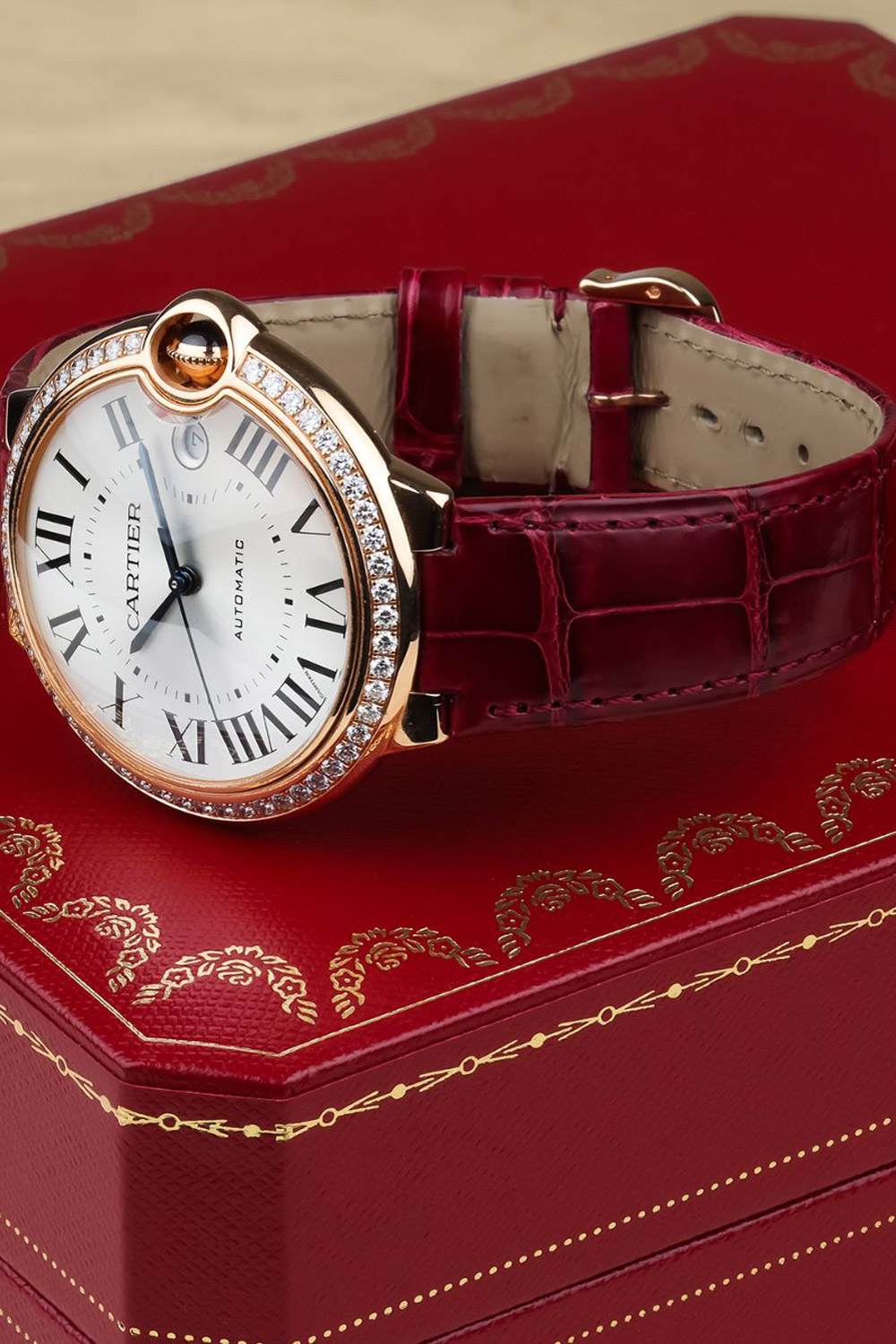
Preowned Cartier Ballon Bleu, £16,200 at Pragnell
Why Did The Pre-Loved Market Nosedive?
Is it simply undergoing a back-to-reality correction that isn’t so bad? As so often, the reduction in pre-owned watch values can be traced back to a market bubble, which this time began to expand during Covid when many people found themselves with spare (often ‘free’) cash and time on their hands to trawl the internet. Some discovered the world of watches, whereas existing horophiles, professional traders and amateur dealers saw an opportunity to buy online while ‘normal’ shopping was out of the question. Demand saw e-tail sales and prices soar, not just for pre-owned watches but for new ones, too – for a while.
Once normality resumed, however, things began to deteriorate. The watch market was saturated with inventory both new and pre-owned, markets went wobbly as the world became more unstable, and cheap money became a thing of the past as interest rates steadily rose. Suddenly, watches were no longer the cast-iron investment that many believed in, the fabled waiting lists for hot new models began to shorten and, with the world opening up again and food and energy prices rising, buying a luxury watch slipped down our busy-again agendas.
According to WatchCharts, a website that tracks the market for every important brand each month, secondary market values for Patek Philippe and Rolex began to improve slightly in the second half of this year. But other leading names, including IWC, Jaeger-LeCoultre, Breguet and Panerai are still on the slide, with Audemars Piguet’s market index dropping by 4.9 percent in a year and Vacheron Constantin’s by 11.3 percent.
One man in the thick of things throughout the market’s rise, dramatic crash and faltering resurgence is Ross Crane, co-founder and CEO of Subdial, a data- and tech-driven pre-owned watch trading platform. ‘Having launched the business in 2018, we’ve been through the full cycle, from “normal”, trying to scale up during crazy Covid, watching prices plateau over weeks from March 2022, then quickly go downhill,’ he says. He describes the rapid rise and fall as ‘really bad’, explaining that Subdial was regularly approached by dealers happy to pay ‘tomorrow’s prices’ to secure stock they were confident of quickly flipping. ‘That dealer-driven market put off end users for over two years, because they didn’t know where values were going and were afraid to buy a watch that they might end up losing a lot of money on.’
Subdial now works with Bloomberg Business News to publish a regular market index which, says Crane, showed an overall two percent dip in prices during the 12 months to July 2025 – but a flat graph since. ‘That stability is giving people confidence to buy again,’ he says. ‘It’s nice that watches which were once commanding six figures, though still expensive, are now within reach of people who want them. We are seeing more confidence, and more transactions every week.’
As well as more stability, says Crane, brands increasing their retail prices on the pretext of rising gold prices, Trump’s tariffs and other market dynamics has made top quality pre-owned pieces even more sought after. ‘People are picking up watches they have long wanted because pre-owned pieces seem to be good value in comparison with new.’ He cites haute horlogerie models by brands such as IWC and Jaeger-LeCoultre as being especially tempting, with some now below £10,000 apiece and most below £20,000 – a considerable saving compared with new.
Where To Find Pre-Owned Luxury Watches
At the time of writing, leading Patek Philippe retailer Pragnell – with showrooms in Mayfair, Stratford-upon-Avon and Leicester – had begun discounting its pre-owned stock list by up to 60 percent. As well as offering worthwhile savings, the discounts serve to highlight a frequently vast gulf between the retail cost and pre-owned value. Examples on offer include a gold Blancpain Villeret for £24,610 (£69,400 new), a gem-set Jaeger-LeCoultre Master Ultra Thin for £10,150 (£25,500 new) and a Cartier Ballon Bleu at £16,200 (£28,300 new).
Calmer waters are washing over sale rooms too, with specialists working hard to manage vendors’ expectations in order to consign watches with more realistic estimates and lower reserves. Charles Tearle, an auction house veteran with 30 years’ experience who now runs the watch department for Lyon & Turnbull, welcomes the correction. ‘Covid caused a ridiculous bubble that saw a £13,000 Rolex Daytona soar to £27,000 at the peak,’ he says. ‘Pre-owned, those watches are still above current retail, but they have come down dramatically, roughly to 2019 prices,’ he says. ‘Those two years created false belief among non-enthusiasts that they could buy a watch and make an instant profit. Now we’re seeing the return of genuine buyers, which can only be good for the market.’
As well as a correction on mainstream brands, Tearle says those from high-end independents such as F.P. Journe are also becoming more accessible and thus attracting new enthusiasts. ‘It’s really a buyer’s market now,’ he says, ‘with a welcome return to mid-century aesthetics, where smaller, elegant watches from Cartier, Patek Philippe and Omega are on trend again. They were overlooked during the rush for big sports watches from Rolex, Audemars Piguet and so on, but now they are in demand while still being affordable.’
By Simon de Burton

